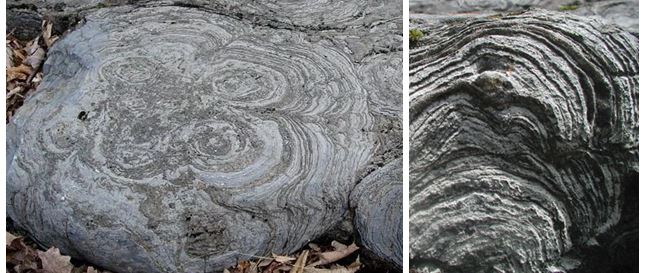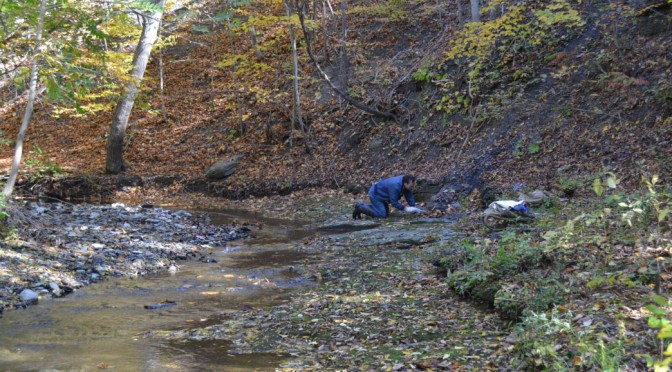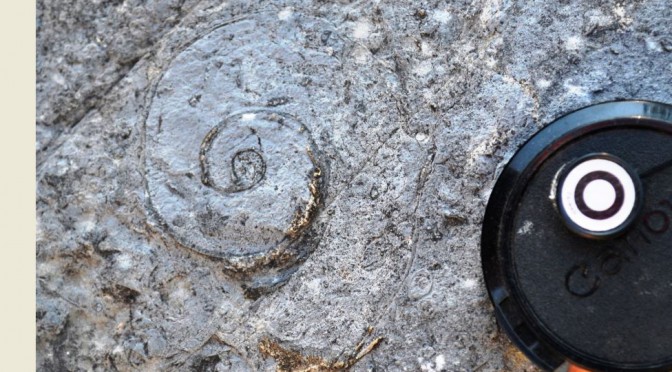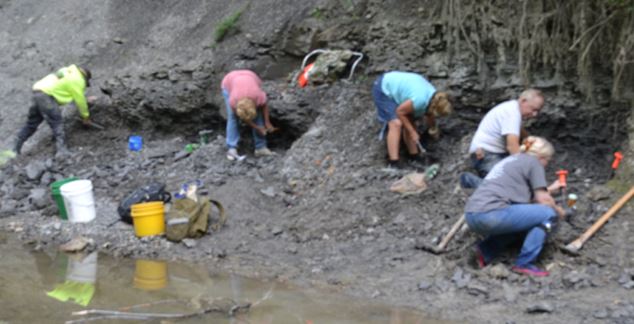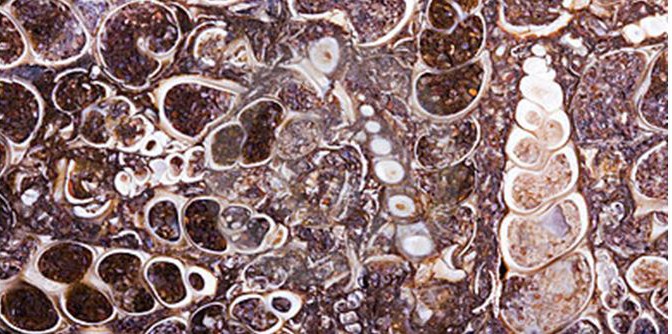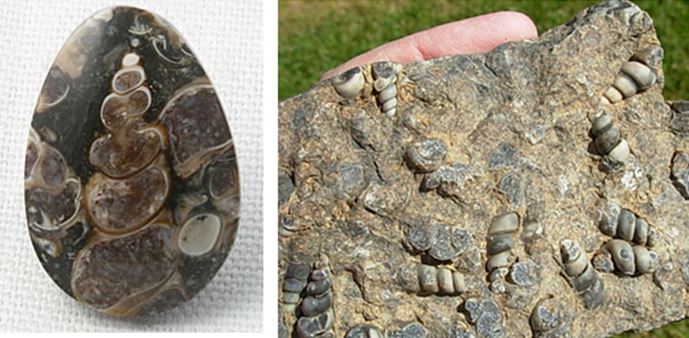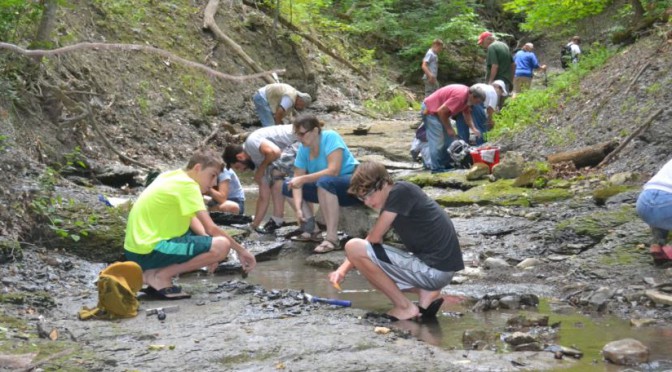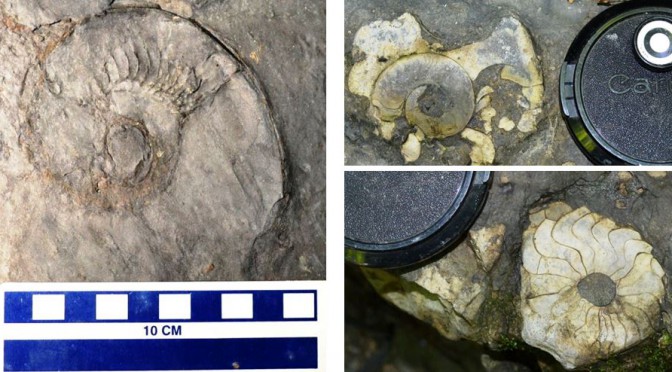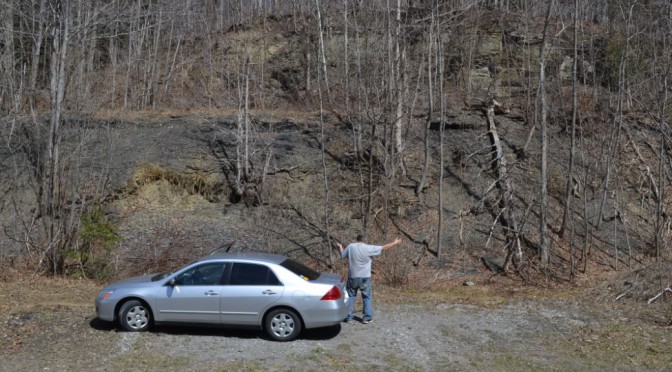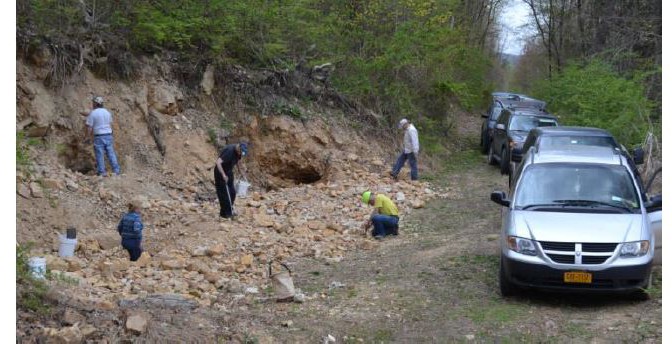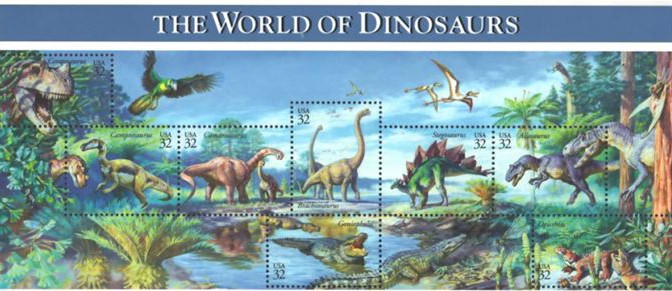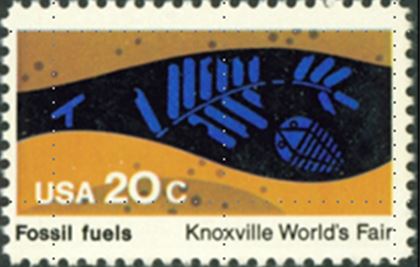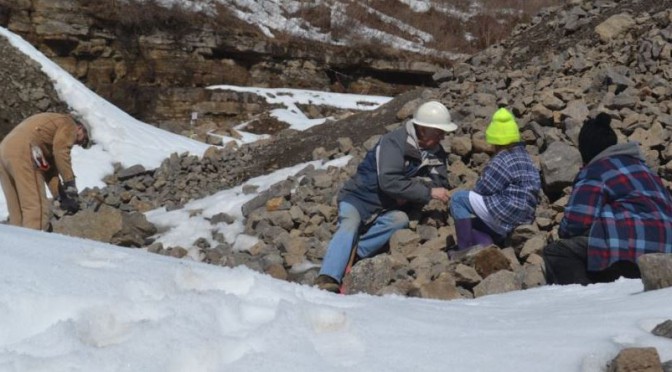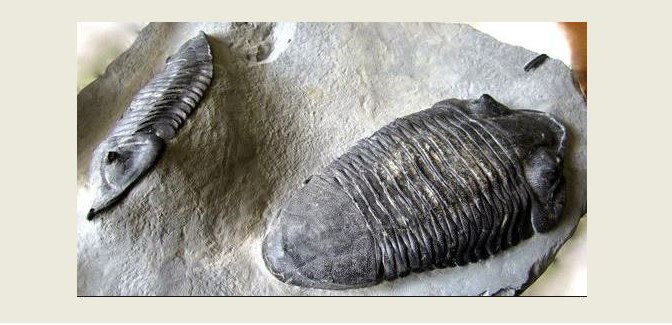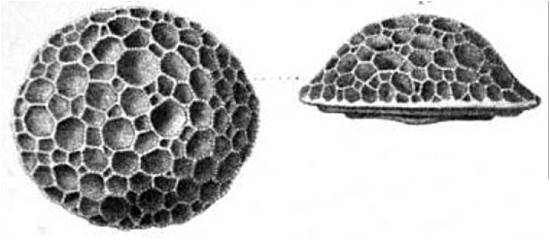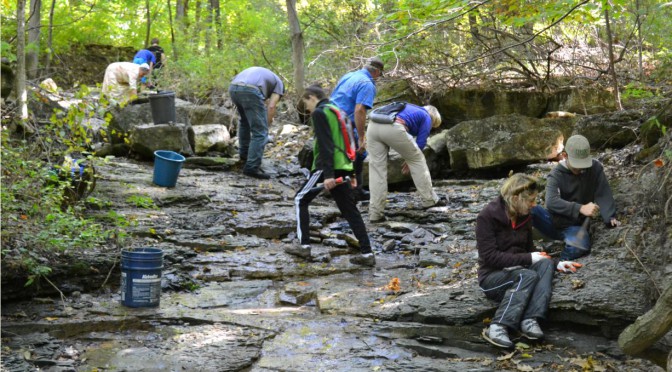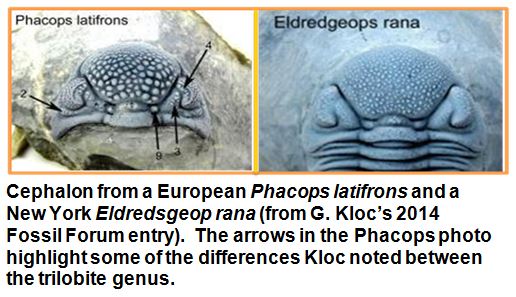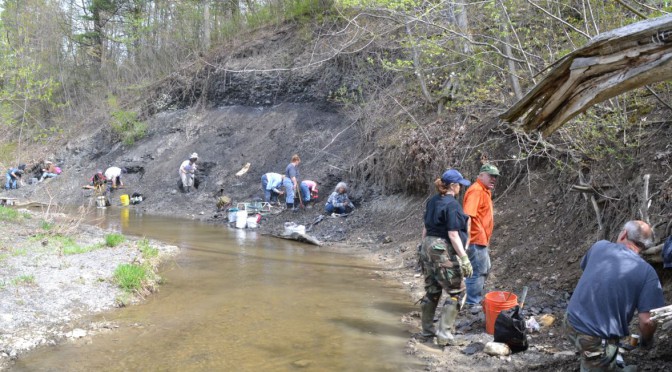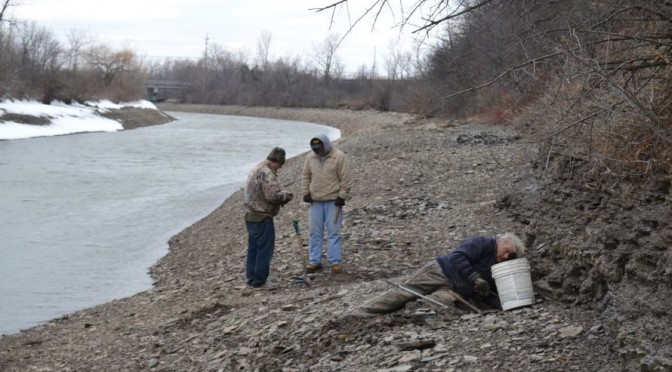OK. Admit it, you thought this would be a note about the spectacular doubly terminated clear quartz crystals hiding in vugs in dolostones. Referred to as Herkimer diamonds, and known to mineral enthusiasts from across the country simply as “Herks” there has sure been enough written about them to last a lifetime. And goodness knows we all like to travel to Herkimer County to collect them. But no, this is not just another article about quartz.
Stromatolites are bio-chemically supported structures formed in shallow water when microscopic cyanobacterial material (formally known as blue-green algae) acts to bind and eventually cement sedimentary grains into what are essentially microbial mats. Changing climatic conditions, water depth, sediment influx, or the biology of the micro-organisms themselves leads to finely layered biochemical accretionary structures.
